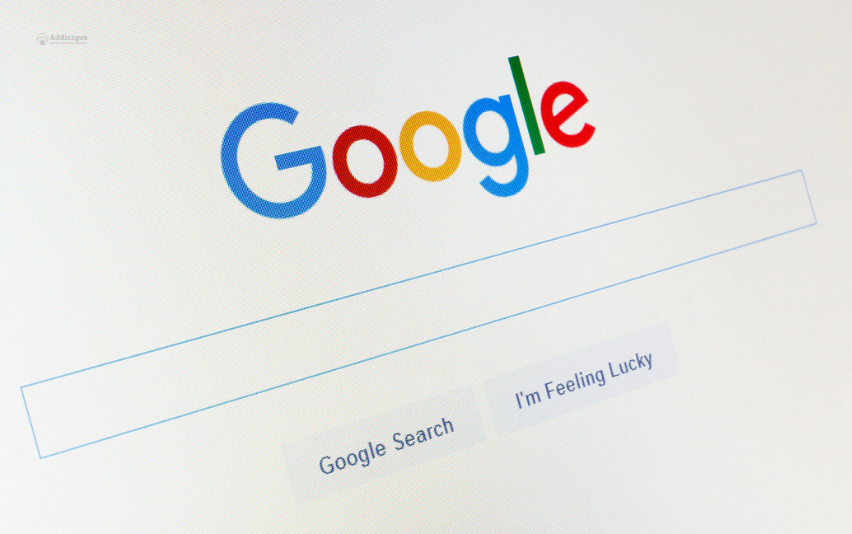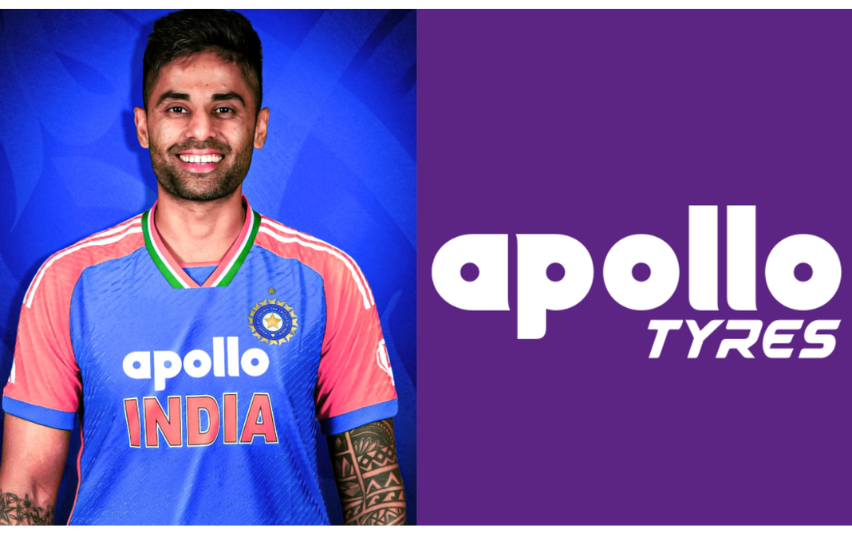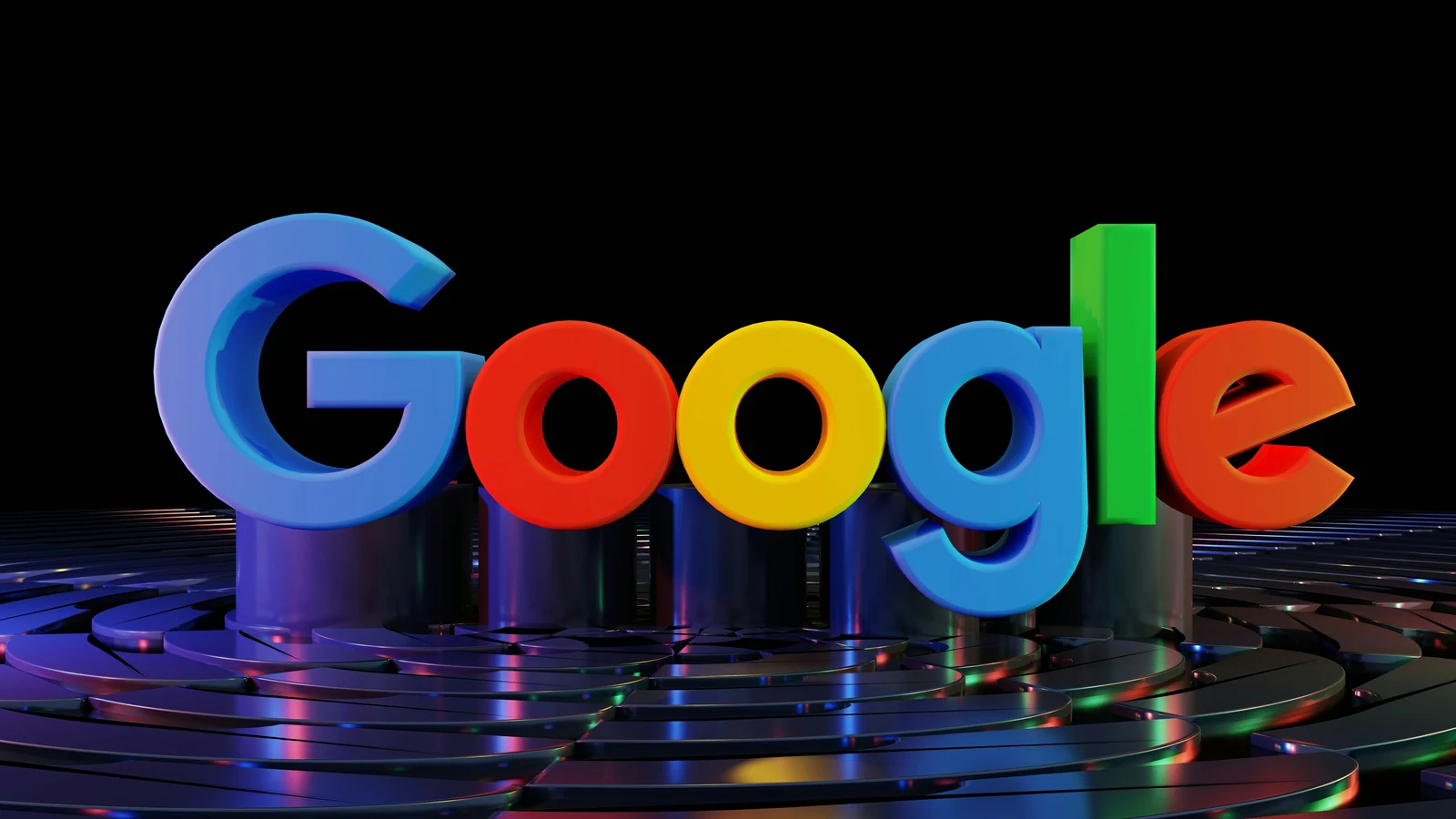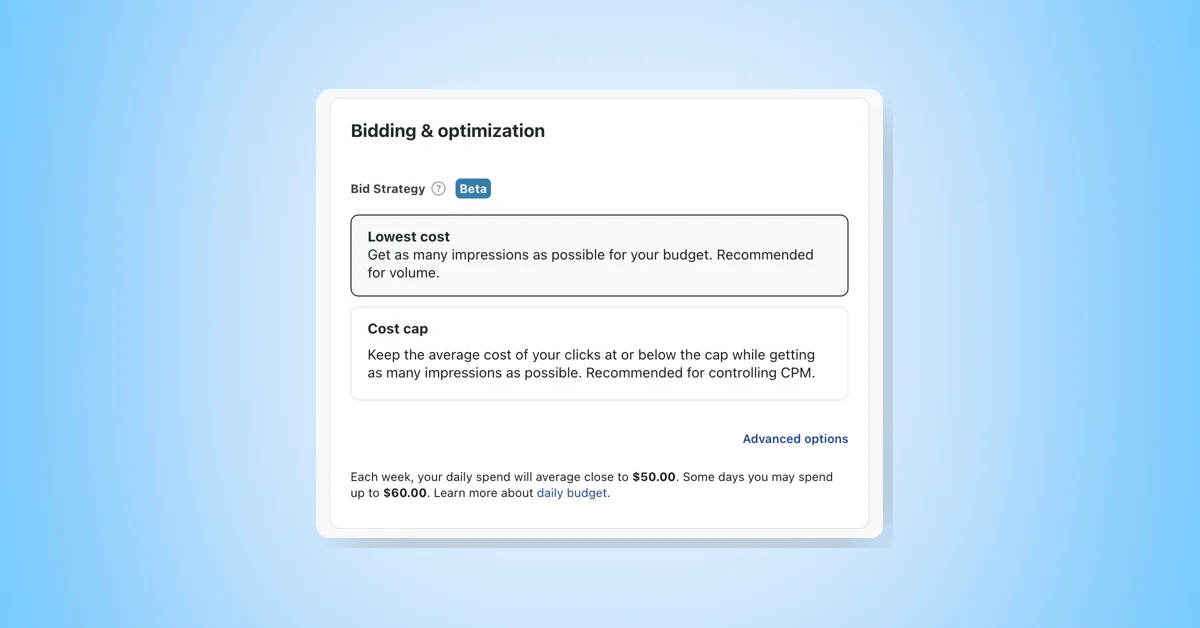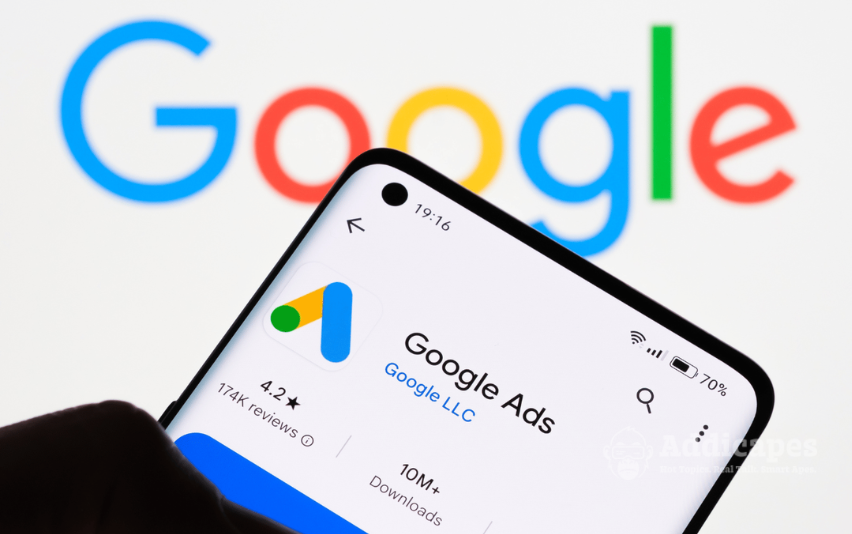Google is no stranger to shaking up the SEO landscape. Over the years, its algorithm updates—from Panda to Core Web Vitals—have forced marketers and businesses to rethink strategies. But in September 2025, Google introduced something different: a new way of displaying search results.
This update doesn’t directly penalize websites or change ranking signals. Instead, it reshapes how search results are displayed to users, introducing new layouts, rich snippets, and dynamic modules. While this may improve the user experience, it has thrown a wrench into the machinery of rank-tracking tools, making it harder for SEOs to accurately measure positions.
So, what exactly has changed? Why are rank-tracking tools struggling? And most importantly—what should businesses do now? Let’s break it down.
What Changed in Google’s Search Display?
Google’s latest update focuses on enhancing visual and contextual information within SERPs (Search Engine Results Pages). Key changes include:
- Dynamic Search Layouts
- Results now adapt dynamically depending on query type. For example, product searches may trigger shopping modules, reviews, and videos above organic listings.
- Local searches show integrated maps and “near me” blocks by default.
- Mixed Ranking Elements
- Organic results are now intertwined with AI-powered snippets, knowledge panels, video carousels, and sponsored blocks.
- This makes it difficult to define a website’s “exact position.”
- Expansion of AI Overviews
- Google’s AI-generated answers (introduced earlier) are now more prominent and often appear above organic results, pushing links further down.
- Google’s AI-generated answers (introduced earlier) are now more prominent and often appear above organic results, pushing links further down.
- Scroll-Based Results
- With continuous scroll (no more clear “page 1” or “page 2”), results blend together, further complicating traditional rank measurements.
Why Rank-Tracking Tools Are Struggling
Rank-tracking tools like Ahrefs, SEMrush, Moz, or SERPWatcher are built on a position-based model. Traditionally, they track:
- Keyword position (1, 2, 3, etc.)
- Page/URL associated with that keyword
- Changes over time
With the new SERP design:
- Positions Are Fluid
A “position 3” listing could be below an AI overview, a video carousel, and 2 ads, meaning the actual visibility is much lower. - Universal Results Vary
Different users may see slightly different SERP structures based on personalization, query intent, and device type. - Continuous Scrolling
Without page numbers, rank-trackers can’t easily determine whether a keyword is on page 1 or 2. - Rich Results Stealing Clicks
Even if you “rank #1,” AI overviews and featured snippets may drastically reduce clicks.
In short: rank-tracking tools no longer provide the full picture of visibility.
Impact on Businesses & SEO Professionals
For businesses and marketers, this disruption means:
- Harder ROI Measurement
Tracking keyword positions as a KPI becomes less reliable. - CTR Declines for Organic
With more SERP features, organic results get pushed lower, leading to reduced click-through rates. - Higher Dependence on Paid Ads
Businesses may be tempted to invest more in Google Ads to maintain visibility. - Confusion in Reporting
Agencies and SEOs who report “rankings” to clients will face challenges explaining fluctuating or inconsistent data.
How to Adapt Your SEO Strategy
Instead of panicking, businesses can adjust strategies. Here’s how:
- Shift Focus from Rankings to Visibility
- Use tools that measure impressions, CTR, and traffic instead of just keyword rank.
- Google Search Console provides visibility metrics that are more relevant in this environment.
- Optimize for SERP Features
- Target featured snippets, People Also Ask, and video carousels.
- Structure content with FAQ schema, review schema, and How-To schema to increase chances of appearing in rich results.
- Invest in Brand Visibility
- Build a strong brand so that even if organic CTR declines, people recognize and click on your site when they see it.
- Build a strong brand so that even if organic CTR declines, people recognize and click on your site when they see it.
- Diversify Traffic Sources
- Don’t rely only on Google search. Leverage YouTube SEO, social media, newsletters, and referral traffic.
- Don’t rely only on Google search. Leverage YouTube SEO, social media, newsletters, and referral traffic.
- Adapt Reporting Metrics
- Instead of reporting “You rank #3 for keyword X,” shift to traffic, conversions, leads, and revenue as key metrics.
What Rank-Tracking Tools May Do Next
This disruption doesn’t mean rank-tracking tools are obsolete—it means they’ll evolve. Possible adaptations:
- Visibility Scores – Tools may provide a composite metric showing how often a brand appears across SERP elements.
- Pixel Tracking – Measuring how far down a listing appears on a page (“pixel position” instead of numerical position).
- SERP Feature Coverage – Reporting which features a brand is showing up in (AI overview, featured snippets, shopping, video).
- User-Centric Tracking – Personalized rank tracking that accounts for device, location, and user type.
The Bigger Picture: Google’s Motive
Why did Google make this change?
- User Experience – More contextual, AI-powered results = faster answers for users.
- Monetization – Ads and sponsored results blend more seamlessly into SERPs.
- AI Integration – Strengthening Google’s position as an AI search leader.
- Combatting SEO Manipulation – Making rankings less predictable discourages spammy tactics.
For SEOs, this means the game is shifting from hacking rankings to building brand authority and delivering real value.
Google’s search display update is a turning point in SEO. Rank-tracking tools are struggling because the old model of “keyword position” no longer reflects reality. For businesses, this means moving beyond traditional metrics and focusing on visibility, traffic quality, and conversions.
The winners will be those who adapt quickly—optimizing for SERP features, embracing multi-channel strategies, and focusing on user experience rather than chasing old-school keyword rankings.
FAQs
Q1: Why can’t I trust rank-tracking tools after Google’s update?
Because Google now mixes ads, AI overviews, and rich snippets, making “position #3” different for every user. Tools struggle to reflect this fluid environment.
Q2: How can I measure SEO success without rankings?
Use Google Search Console to track impressions, CTR, and clicks. Focus on traffic growth, conversions, and lead generation.
Q3: Are SEO efforts now useless?
Not at all. SEO is evolving. Ranking is less about “spot #1” and more about visibility in different SERP features and building trust.
Q4: Will rank-tracking tools become irrelevant?
They will likely evolve—introducing visibility scores, SERP feature tracking, and more advanced reporting.
Q5: Should I increase Google Ads spend because of this change?
Not necessarily. While ads may be more visible, a balanced strategy combining SEO, paid campaigns, and brand building is smarter.
Q6: How can small businesses adapt?
Focus on local SEO, reviews, schema markup, and creating engaging multimedia content that can show up in SERP features.

